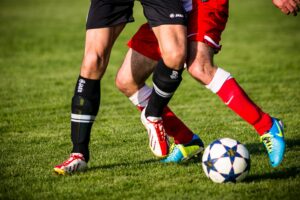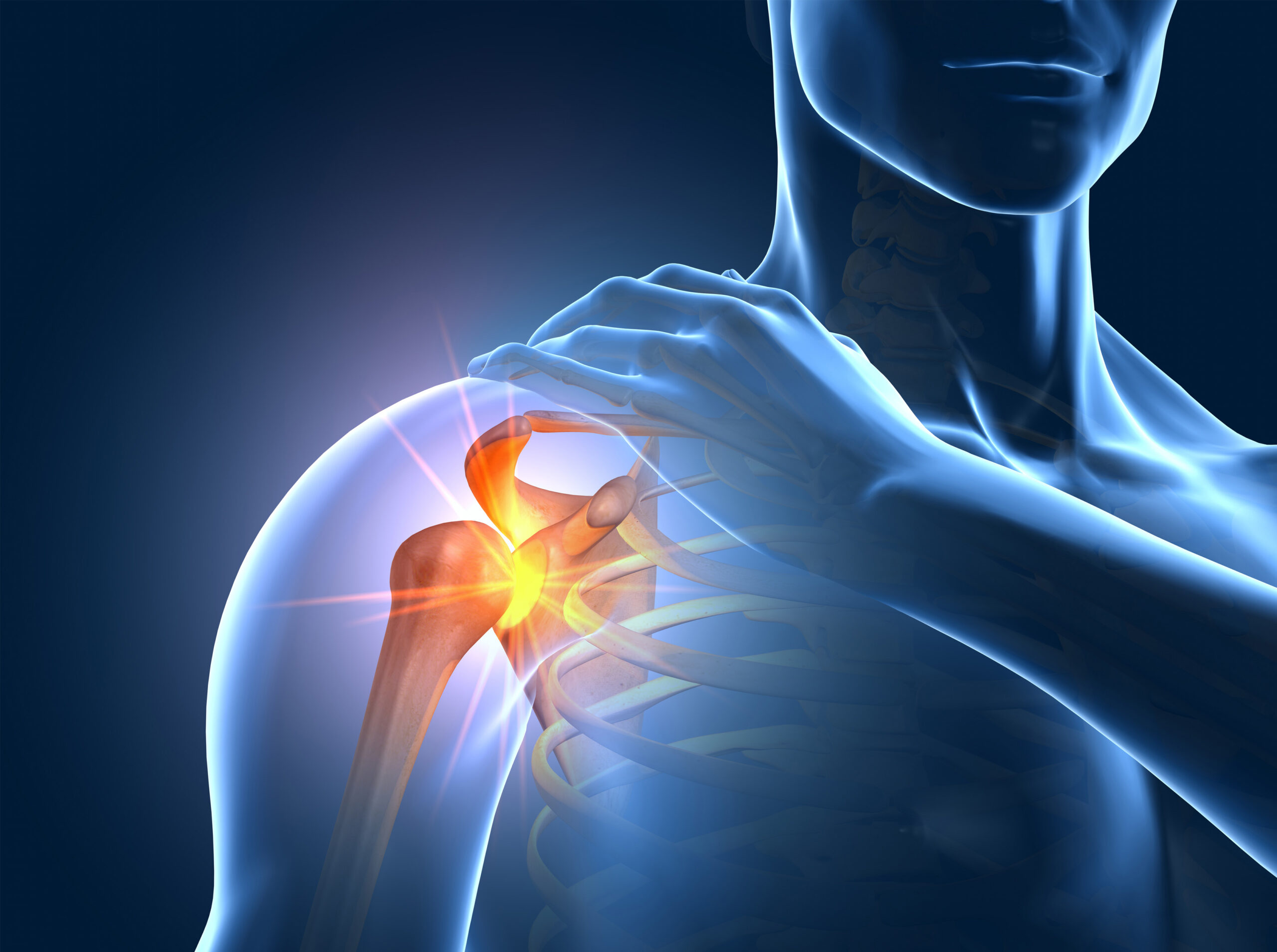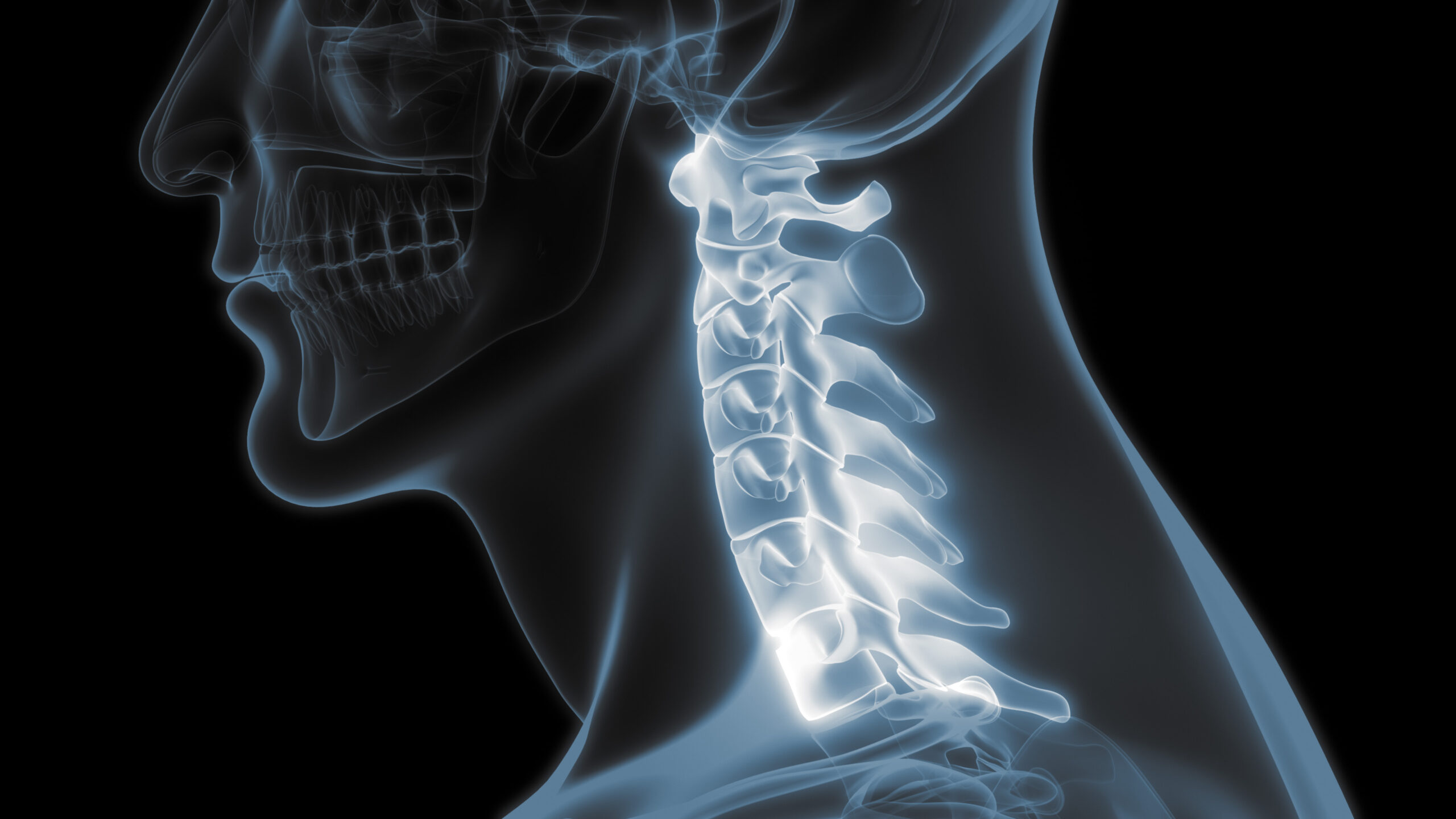ACL Tear & Reconstruction
The Anterior Cruciate Ligament (ACL) is one of the most frequently injured ligaments in the knee. This is why it is critical to understand an ACL Tear It connects the femur (thigh bone) to the lower leg and gives stability to the knee. It helps to keep the leg bones aligned and discourages bone displacement.
Signs of an ACL tear
An ACL tear usually occurs when the knee is hyper-extended or when the knee is twisted harshly. Athletes are most susceptible to such injuries when they jump and land awkwardly, slow down quickly, change directions suddenly, or pivot. Football, basketball, skiing, and soccer are the sports that tend to produce the most ACL injuries. Some signs of a torn ACL are as follows:
- Popping sensation or loud pop sound in the knee
- Swelling
- Inability to continue the activity
- Severe pain
- The feeling of instability in the knee
Don’t ignore the signs of an ACL tear. If you think you’ve injured your knee and feel a lot of pain, it’s probably a good idea to get checked out. A physician may use a combination of a physical exam and imaging to figure out what’s happened to your knee. An x-ray, MRI, or CT scan are standard procedure for many such injuries. Once the doctor has diagnosed your injury you and he or she can work out a treatment plan.
 ACL Reconstruction
ACL Reconstruction
As with any orthopedic condition, we prefer to start with conservative treatment options. The problem with a torn ACL is that it will not get better on its own. Surgery is often the only option to restore function to the knee. This type of repair is usually conducted as an arthroscopy surgery. The surgeon makes small incisions to insert a lens that allows him or her to see inside the joint. Using a graft, the surgeon can then replace the damaged ligament and work to repair any other parts of the knee that may have been damaged. Sometimes this procedure can be done as an outpatient surgery so you can head home more quickly afterward.
Injury Prevention
Staying active and strengthening the muscles surrounding the knee joint can help prevent ACL injuries. For example:
- Hamstring and Quadriceps strengthening exercises
- Core strengthening exercises
- Using proper technique when exercising
Make sure to warm up and stretch your muscles before starting a sports game, practice, or exercise routine. Balancing practice and correct form while pivoting or turning can also help you avoid an ACL tear. If you do find yourself experiencing any of the signs of a torn ACL, our specialists at Colorado Springs Orthopaedic group can help you with your treatment plan.


